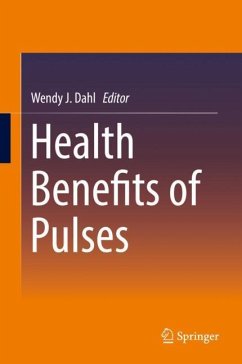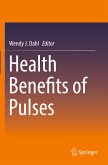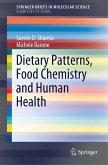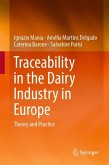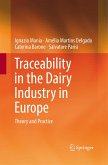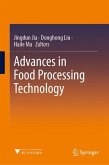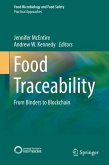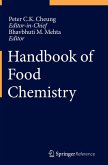This book provides a global overview of pulse intake and future trends from a variety of perspectives. Pulses, which include dried beans, peas and lentils, are second only to grains as a source of food for the world's population. Contributors from around the globe explore a number of issues related to this food group, including their impact on global health and sustainability, the relationship between pulse intake and chronic disease, and their nutritional and gastrointestinal benefits. The primary purpose of the volume is to explore the nutritional and health benefits of pulses (starchy legumes) as a sustainable food source.
Initial chapters focus on the role of pulses in complementary feeding and in the prevention of malnutrition in infants and children in the developing nations of Africa. Authors also consider the feasibility and sustainable properties of pulses as a staple food for these regions. Subsequent chapters focus on the association between pulse intake and chronic disease risk reduction. Contributors identify the unique contributions of pulses, versus legumes as a whole, to chronic disease risk and management. Additional chapters provide a comprehensive review of the nutrient contents of pulses, their bioavailability, and the nutritional impact of pulse consumption. The book also explores the phytochemicals contained in pulses from two perspectives, the traditional perspective of risk (e.g. anti-nutrients) and a nutraceutical perspective, focused on the novel benefits of pulse components (e.g. antioxidants).
The editor has designed the book for students, faculty, and research scientists, as well as practicing dietitians. Members of the pulse industry, grower associations, and government agencies also will find the information relevant to their work, as will those in the private sector employed by food companies with an interest in pulse ingredients.
Initial chapters focus on the role of pulses in complementary feeding and in the prevention of malnutrition in infants and children in the developing nations of Africa. Authors also consider the feasibility and sustainable properties of pulses as a staple food for these regions. Subsequent chapters focus on the association between pulse intake and chronic disease risk reduction. Contributors identify the unique contributions of pulses, versus legumes as a whole, to chronic disease risk and management. Additional chapters provide a comprehensive review of the nutrient contents of pulses, their bioavailability, and the nutritional impact of pulse consumption. The book also explores the phytochemicals contained in pulses from two perspectives, the traditional perspective of risk (e.g. anti-nutrients) and a nutraceutical perspective, focused on the novel benefits of pulse components (e.g. antioxidants).
The editor has designed the book for students, faculty, and research scientists, as well as practicing dietitians. Members of the pulse industry, grower associations, and government agencies also will find the information relevant to their work, as will those in the private sector employed by food companies with an interest in pulse ingredients.

